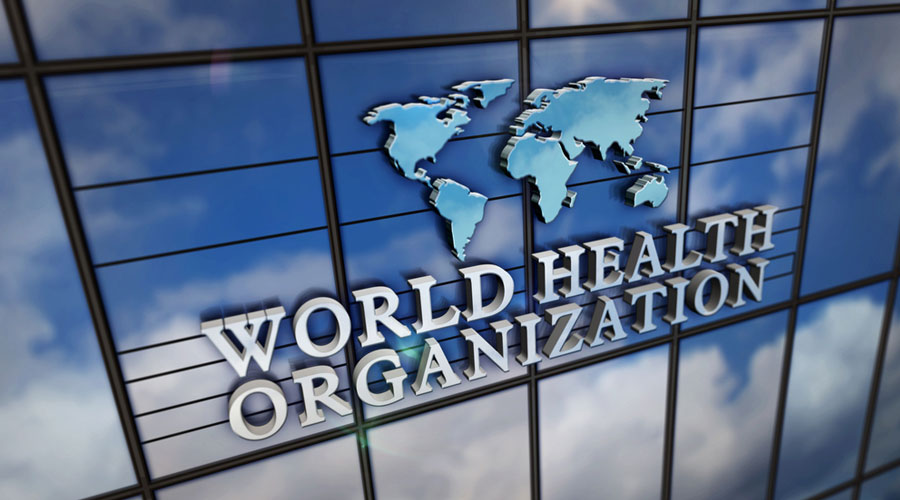Only two among 27 candidate drugs currently under evaluation worldwide are innovative enough to target the most dangerous among drug-resistant microbes, the World Health Organisation said on Wednesday, flagging the urgency to bolster defences against superbugs.
The existing drugs in the developmental pipeline and the 12 antibiotics released between 2017 and 2021 “are insufficient” to tackle the challenge posed by the increasing emergence and spread of drug resistance, the WHO said in two presentations on the global antibiotic landscape.
The presentations, made at a special pre-meeting of the European Congress of Clinical Microbiology and Infectious Diseases due to take place in April, come amid estimates that nearly five million people worldwide die annually from drug-resistant bacterial infections.
“Among the 12 antibiotics approved between 2017 and 2021, only one — Cefiderocol — is able to target all microbes deemed critical by the WHO,” said Valeria Gigante in the WHO’s antimicrobial resistance division who made one of the presentations.
She said there are 27 more (antibiotics) under development in clinical trials with little innovation. Only four of the 27 drugs feature new mechanisms of action and most are not new drug classes but represent the evolution of existing classes.
Health experts are also concerned that drug-resistant infections disproportionately affect the poor in developing countries where the drug-resistant burden is high but patients are less likely to be able to access second-line, more expensive antibiotics when the first-line drugs fail.
“The current antibacterial pipeline is woefully insufficient to make a difference in tackling the threat of antibiotic resistance,” said Venkatasubramanian Ramasubramanian, an Indian infectious disease expert and author of one of the presentations.
Ramasubramanian’s presentation underscores the challenges to innovation, including the withdrawal of large companies from antibacterial research efforts, commercial failures of smaller biotechnology firms, inexpensive generic drugs, and fluctuations in waves of infections.
“To exacerbate the issue, the current products underevaluation mainly cater to the requirements of the developed countries, resulting in a mismatch, especially in developing countries with a high burden of resistance,” he said in a media statement released by the European Society of Clinical Microbiology.
Surveys in India have also revealed worrying levels of drug resistance. In 2021, a nationwide survey by the Indian Council of Medical Research found 87 per cent of samples of a bacteria called Acinetobacter baumannii resistant to a class of last-resort antibiotics called carbapenems.










